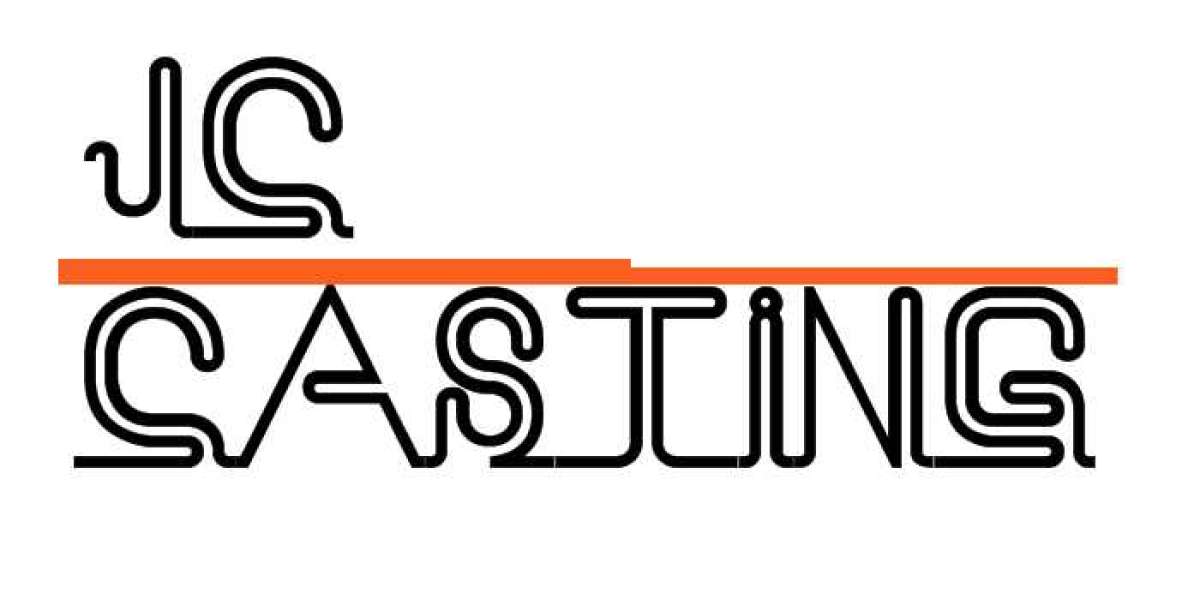ASTM 1035 Carbon Steel Investment Casting Process
Product Description and Process
ASTM 1030 1045 Plain Carbon Steel Castings Lost Wax Investment Castings OEM Parts Casting
Production process: green sand molding, coated sand molding, lost wax investment casting process
Processing technology: CNC machine tools, machining centers, lathes, milling machines, drilling machines, etc.
Surface treatment process: paint coating, electrophoretic coating, electro-galvanized coating, black oxide coating, powder coating, etc.
Product material and use
Usually produced by ASTM A148/148M, ZG40Mn, ZG40Cr, ZG20SiMn, ZG35SiMn, ZG35CrMo, ZG35CrMnSi, etc.
Alloy steel casting products are widely used in automobiles, trains, trucks, vehicle parts, mining machinery parts, agricultural machinery parts, textile machinery parts, construction machinery parts and so on.
Low alloy steels add alloying elements such as nickel (Ni), chromium (Cr) and molybdenum (Mo) for specific properties. Depending on the alloying elements used, there can be large differences between different low alloy steels.
The total alloy content can range from 2.07% to about 10.5%. For many low-alloy steels, the primary function of alloying elements is to increase hardenability (the degree to which the steel hardens during heat treatment). Alloy additives can also be used to reduce environmental degradation under certain conditions of use.
High-alloy steel, usually a type of stainless steel, is the most widely consumed commercial high-alloy steel. Stainless steel contains at least 10.5% chromium, and other alloys, such as nickel, to alter properties other than corrosion resistance (such as strength or weldability).
Lost Wax Investment Casting Process
In lost wax investment casting, a sacrificial detailed wax model of the desired finished part is created and mounted on a wax "tree" that includes the metal delivery system (gates and risers). Alternately dip the tree in the ceramic grout and sprinkle with stucco material, then allow to dry. Repeat this process until a thick shell forms on the wax mold. The wax mold is melted, leaving a mold-shaped cavity. The cavity is filled with molten metal. After solidification, the shell is broken, the gate material is removed, and the finished part remains.
Advantages of investment casting
How are investment castings made?
Developing an investment casting involves creating an original wax model, coating the image with plaster and building successive layers until a solid shell surrounds the model. After the wax has melted, the molten metal will be poured into the mold, creating a perfect replica of the original wax mold. Compared to separate machining, investment casting can economically provide undercuts, high definition, intricate details, and a smooth surface finish.









